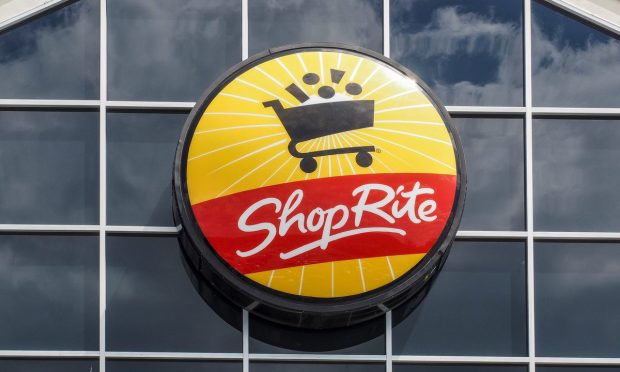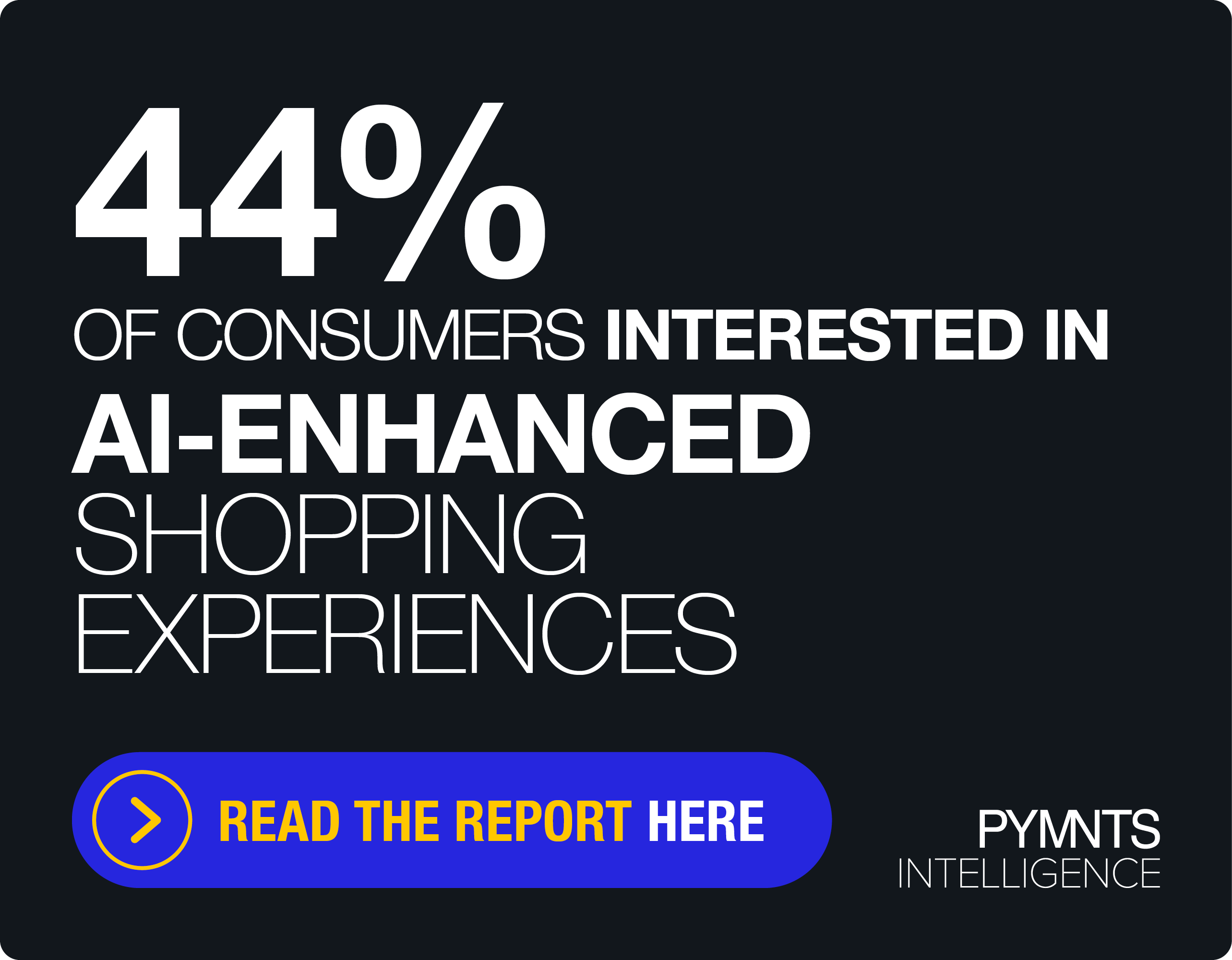Wakefern Joins Grocers Using Inventory Management AI to Save Labor and Boost Sales

As grocers face a challenging labor market, time-saving artificial intelligence (AI) solutions present the opportunity to make the most of the difficult situation. For its part, supermarket group Wakefern Food Corporation is expanding its use of a business intelligence solution from CB4, the technology firm announced Tuesday (Sept. 14), providing instant inventory insights that enable the retailer to boost sales.
Wakefern previously tested the solution at select ShopRite and Price Rite Marketplace locations and is now rolling the technology out to more of the two brands’ stores. The solution informs the retailer of underperforming SKUs, suggesting possible causes, and presents quick ways for the retailer to address the problem, saving the work of combing through inventory data and resolving issues manually.
“Our initial test of CB4 at several ShopRite supermarkets provided valuable insights to complement our existing operations without burdening our store teams,” Cheryl Williams, chief information officer at Wakefern, said in a statement. “We are pleased to be expanding CB4 throughout ShopRite and Price Rite Marketplace and anticipate much success.”
The Context
As consumer-facing processes in the grocery industry have been rapidly digitizing, the back offices have been slower to evolve. For many grocers, most processes still occur by pen-and-paper or through crude digital tools that are not in communication with one another. The grocery industry is notoriously inefficient, with imprecise buying leading to food waste and to out-of-stocks that sacrifice sales opportunities.
Grocers that are implementing smarter inventory management tools save time and drive sales, adding a little wiggle room to the razor-thin margins of fresh grocery. Take, for instance, Farmstead, a digitally native eGrocer and grocery software company, which uses its proprietary predictive AI to estimate demand, or Shelf Engine, which analyzes a range of first- and third-party data to improve grocers’ purchasing.
Read more: eGrocer Uses Predictive AI To Lower Prices And Boost Margins
Shelf Engine Raises $41 Million For Grocery Supply Chain Automation
What Experts are Saying
Initiatives such as these that save time are crucial, with the pandemic accelerating the labor shortage in the grocery industry.
“COVID has given [would-be employees] the opportunity to reflect on what they really want out of their work experience,” GA President and CEO John Ross told PYMNTS. “They want to work for a company that’s making a difference in their community, someone that’s giving back and takes on issues like food waste and reducing plastic. Ironically most grocers do this, but we just aren’t really doing a very great job telling people about it.”
Additionally, with the rise in online grocery orders, getting smart about labor deployment is becoming more important than ever.
“Stores have become omnichannel destinations,” Toshiba Global Commerce Solutions Vice President of Business Strategy Kirk Goldman told PYMNTS. “The requirement is now that the store serves customers inside and outside the store… [With] all that new scope of requirement, the ability to get scale from individuals servicing the front end is a must.”
You may also like: From COVID to Product Shortages to Labor Supply, Grocery Stores Adapt To String of Challenges
The ‘Third Wave’ Of Self-Serve Checkout Turns Grocery Stores Into Omnichannel Hubs
